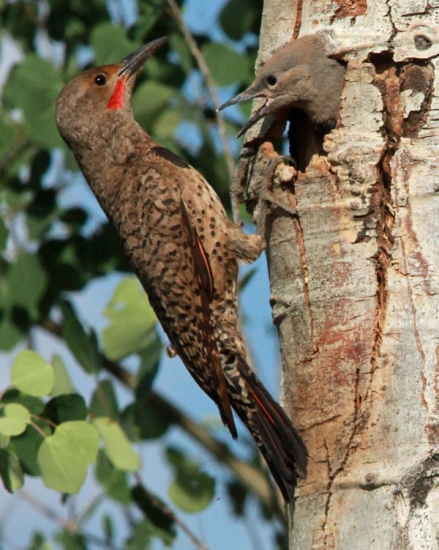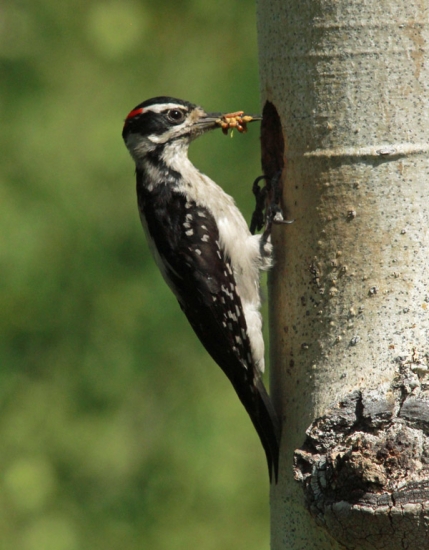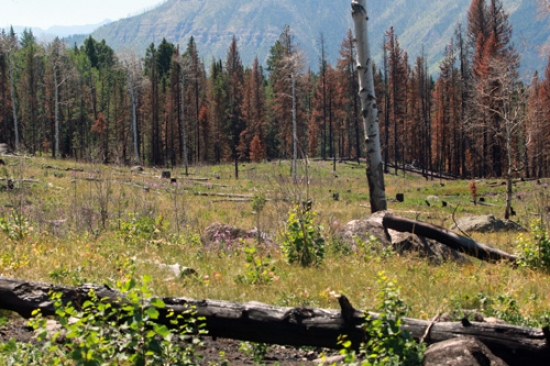Unseen Value
Aspen Grove Lifeby Dan Hartman
July 24, 2016
Years ago I was sitting beside an aspen grove talking with a Shoshone Forest Ranger. The grove had just been burned as part of a prescribed burn implimented by the Forest Service.When I asked him why this grove, his answer was simply, it wasn't healthy.
I take it he meant the grove was infected with heart rot disease. Well, yes that does hurt the wood for any commercial uses. But if one looks a little deeper, the groves still provide incredible value.
Heart rot disease isn't easily recognizable to the casual observer. In fact the trees look like any other aspens. But, there is one difference.
Cavities.
Wood peckers and sapsuckers search out the diseased trees for their soft centers. Once the outer wood is drilled through the rotten wood within is easy to excavate.
A healthy aspen grove might contain 3-4 cavity nests and very few unused left over holes. But a heart rot grove will contain dozens of cavities with as many as a dozen different bird species. Heck in one Beartooth grove I once counted 15 different nests
As the forest serice continues to impliment prescribed burns in our dwindling aspen groves birds will loose valuable nesting areas. Yes, the trees will grow back, but it will be many many years before the trunks will be large enough to contain cavities.
Since the aspen are typically burned to make beter graze for cattle, I don't really see the need.
For help referencing place names, use the Yellowstone SpotR app:
• Download Yellowstone SpotR for Apple iOS
• Download Yellowstone SpotR for Google Android







